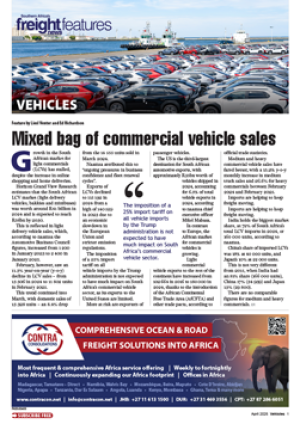Global surplus poses problems for producers
RAY SMUTS
SOUTH AFRICAN wine producers have put on an impressive showing to win the hearts, minds and most important, the palates of lifestyle aficionados around the world. But the years ahead will not be a mere stroll in the vineyard.
As hundreds of international wine buyers and the globe’s most eminent wine scribes descended on Cape Town for Cape Wine 2004 last week, prelude to the 30th Nederburg Auction at the weekend, exhibition-goers were left in no doubt that quality notwithstanding, exports will depend to a large degree on innovative marketing. This in the face of tough opposition from both Old and New Guard producing countries - from France and Italy to Australia and Chile.
While expressing optimism about the industry’s future over the next five years, wine expert Michael Fridjhon pointed to the current large wine surplus in the international market which is already posing problems for producers worldwide and is expected to continue to rise by a further 50% over the next five years. This will make conditions for smaller producers like South Africa even more difficult.
He says that the South African wine industry is currently at a crossroads in determining its future path. It must decide between the ‘Australian’ route of mass-market global brands with reliable quality and a fixed brand image at the expense of uniqueness and authenticity, or opting to develop smaller wine brands reflecting the country’s uniqueness and authenticity.
South Africa, he notes, is not “condemned “ to follow Australia as it does not yet have many big international brands, but its wines can certainly reflect a ‘taste of place’.
While the industry has previously relied on the depreciation of the currency for its marketing, making discounting easy, it will now have to accept the rand will no longer do its marketing for it.
Wendy Luhabe, chairperson of South Africa’s International Marketing Council, says recent research shows that Brand South Africa is valued at around US$55 billion (R357.5bn), making it the world’s fourth most valuable brand after Coca-Cola, Microsoft and IBM.
